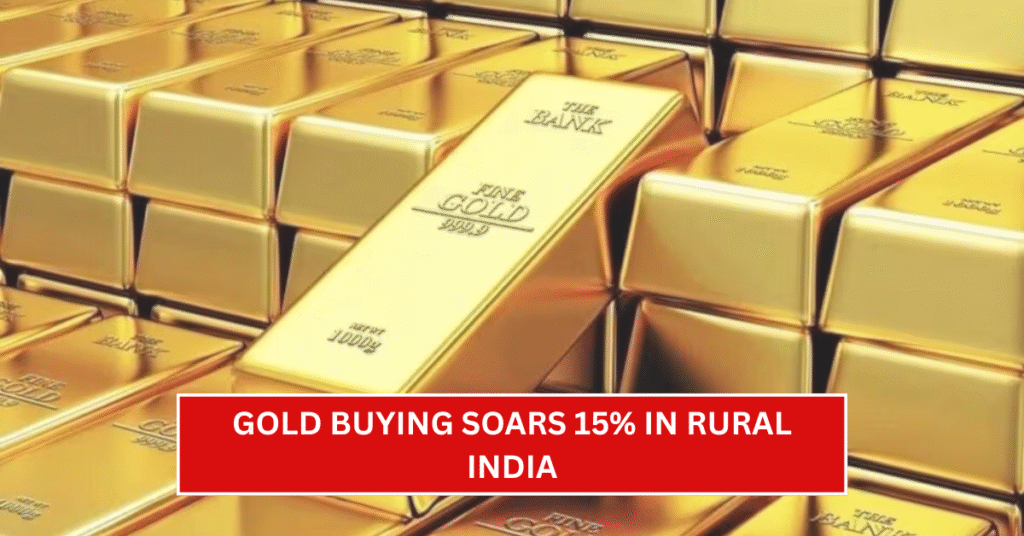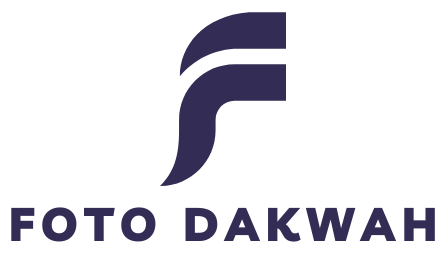
The 2025 monsoon season is showing excellent promise, with forecasts predicting good rainfall across major parts of rural India. This positive trend is expected to boost incomes from kharif crops, which in turn is driving a noticeable increase in gold buying among rural communities. Experts estimate a 15% rise in rural gold purchases compared to last year, underlining the strong connection between agriculture and the traditional knack for investing in gold.
Gold buying trends in small towns and villages often set the tone for festive season demand, especially ahead of Diwali. Jewellers across the country have caught on to this wave, launching special pre-booking schemes to attract buyers early. Understanding why rural gold buying matters can give us insights into the broader Indian market and festive economy.
How Good Monsoon Rainfall Translates Into Higher Kharif Incomes
This Article Includes
- 1 How Good Monsoon Rainfall Translates Into Higher Kharif Incomes
- 2 Why Gold Remains a Preferred Investment in Rural India
- 3 Jewellers’ Pre-Booking Schemes: Capturing Early Demand in Rural Markets
- 4 The Growing Importance of Small-Town Demand for Diwali Sales
- 5 What This Trend Means for the Gold Market and Consumers
- 6 Conclusion: Monsoon 2025 Brings Promise Beyond Just Agriculture
The monsoon season is crucial for India’s agriculture, especially for kharif crops like rice, maize, cotton, and pulses. When monsoon rains arrive on time and are well-distributed, farmers can expect better yields and higher quality produce. This directly affects their income levels, giving them more spending power during the year.
In 2025, rainfall projections indicate that key agricultural regions will receive sufficient and timely rain. This means that the kharif crop output is expected to be above average or at least stable, providing farmers with a solid income base. When rural households have more disposable income, they tend to invest in assets like gold, which is considered both a safe investment and a status symbol in many parts of India.
Why Gold Remains a Preferred Investment in Rural India
Gold has always held a special place in Indian culture, particularly in rural areas. For many families, buying gold is not just about jewelry but also about financial security. In times of need or celebration, gold can be easily liquidated, making it one of the most trusted forms of savings.
The 15% increase in rural gold buying this year reflects this trust. As farmers and rural consumers grow more confident about their income from a good kharif season, they channel some of these earnings into buying gold. This trend shows the enduring relationship between agriculture, income stability, and investment behavior in India’s hinterlands.
Jewellers’ Pre-Booking Schemes: Capturing Early Demand in Rural Markets
Jewellers are now more aware of the growing rural appetite for gold, especially after monsoon news creates optimism. Many have introduced pre-booking schemes, allowing customers to reserve gold jewelry well before the festive season. This not only helps buyers lock in prices but also gives jewellers an early sense of demand, helping them manage stock and production more efficiently.
These schemes are attractive because they often come with flexible payment options or slight discounts for early booking. Rural consumers feel reassured and can plan their purchases in advance, avoiding the rush during Diwali. For jewellers, tapping into smaller towns and villages with these initiatives has paid off, as early bookings have surged in 2025.
The Growing Importance of Small-Town Demand for Diwali Sales
In recent years, the contribution of small towns and rural areas to the total gold market has increased significantly. While metros have traditionally dominated luxury and big-budget purchases, smaller towns are now driving sustained demand, especially for traditional and gold jewelry pieces.
This year, with rising rural incomes due to good monsoon rains, small-town buyers are expected to play a key role in the Diwali sales season. The increase in gold buying directly links to festival gifting, weddings, and rituals, which are deeply embedded in Indian culture. Jewellers who understand and cater to this demand are better positioned to achieve strong sales during the festive period.
What This Trend Means for the Gold Market and Consumers
The 15% boost in rural gold buying signals a healthy cycle for both producers and consumers. Healthy agricultural output and timely rains mean stronger buying power in the countryside, which is now a major driver of demand. For consumers, this trend means competitive pricing and more options as jewellers work to attract rural buyers early through pre-booking and tailored offers.
For jewellers, paying attention to smaller markets and introducing convenient, customer-friendly schemes will be essential to capitalize on the growing rural appetite for gold. This demand will also likely trickle into urban centers as rural buyers visit or send money to relatives for gold purchases during the festive season.
Conclusion: Monsoon 2025 Brings Promise Beyond Just Agriculture
The 2025 monsoon is doing more than just supporting crop growth; it is revitalizing rural economies and changing consumer spending patterns. The link between rainfall and gold buying is a reminder of how interconnected India’s agriculture and cultural habits are. As rural households gain confidence in their earnings, jewellers must keep up with smart strategies like pre-booking schemes to capture this rising demand.
This monsoon-driven boost has paved the way for an optimistic Diwali season, with small towns set to make a big impact on gold sales. For everyone—from farmers to jewellers to city consumers—the benefits of a good monsoon season reach far beyond the fields, shining brightly in the form of gold investments and festive cheer.






